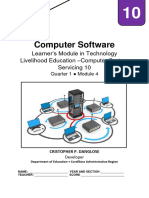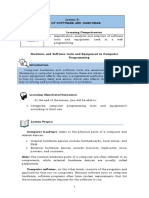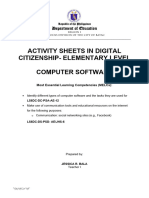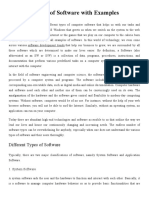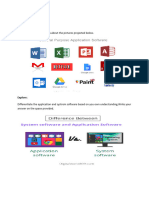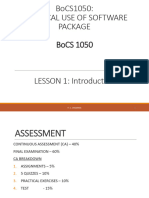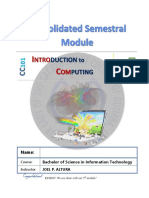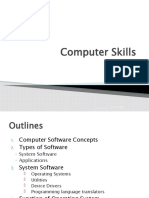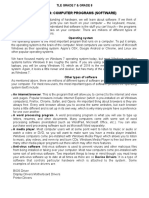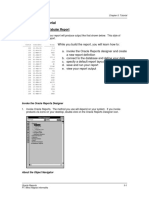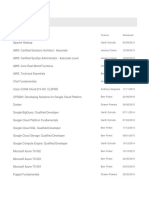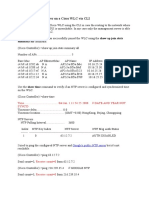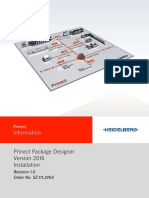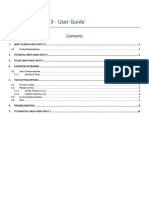0% found this document useful (0 votes)
91 views13 pagesTLE CSS9 Q1 Computer Software
This document is a self-learning module for Grade 9 students focusing on Computer Software as part of the Technology and Livelihood Education curriculum. It covers different types of software, their uses, and the importance of software in daily life, while providing guided and independent learning activities. The module includes sections like expectations, pretests, lessons, activities, and posttests to facilitate learning.
Uploaded by
Mel Paolo EstavilloCopyright
© © All Rights Reserved
We take content rights seriously. If you suspect this is your content, claim it here.
Available Formats
Download as PDF, TXT or read online on Scribd
0% found this document useful (0 votes)
91 views13 pagesTLE CSS9 Q1 Computer Software
This document is a self-learning module for Grade 9 students focusing on Computer Software as part of the Technology and Livelihood Education curriculum. It covers different types of software, their uses, and the importance of software in daily life, while providing guided and independent learning activities. The module includes sections like expectations, pretests, lessons, activities, and posttests to facilitate learning.
Uploaded by
Mel Paolo EstavilloCopyright
© © All Rights Reserved
We take content rights seriously. If you suspect this is your content, claim it here.
Available Formats
Download as PDF, TXT or read online on Scribd
/ 13
